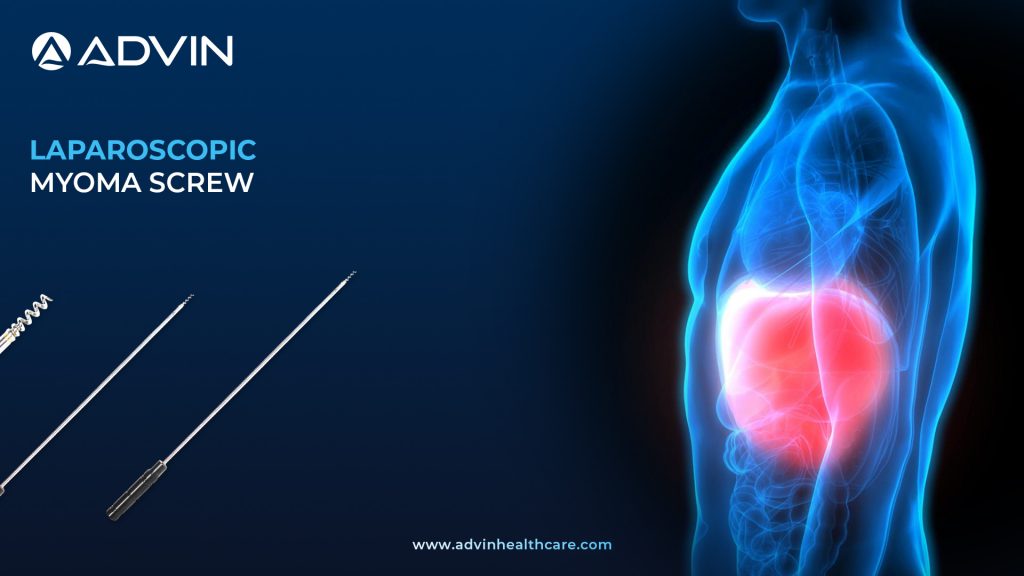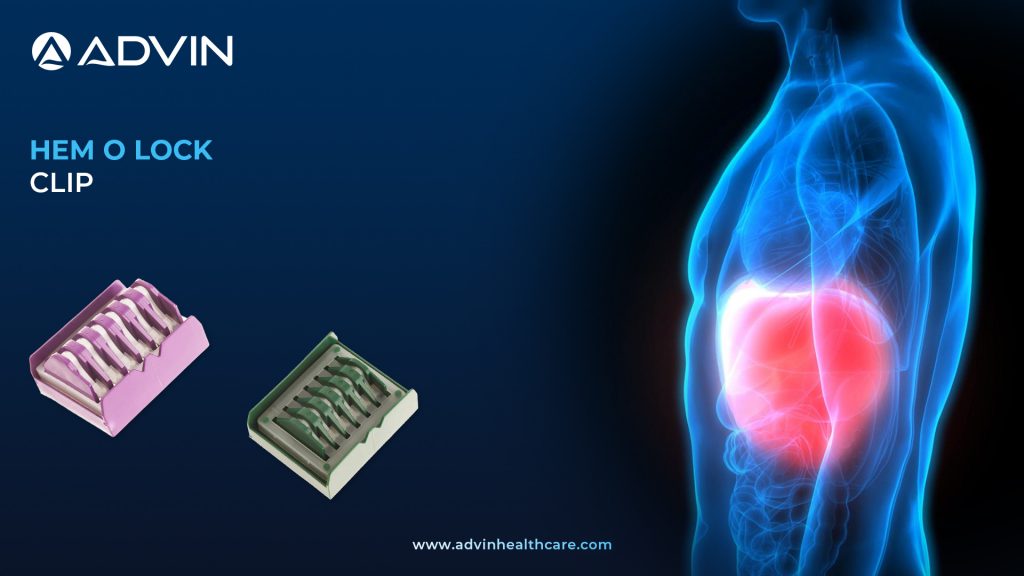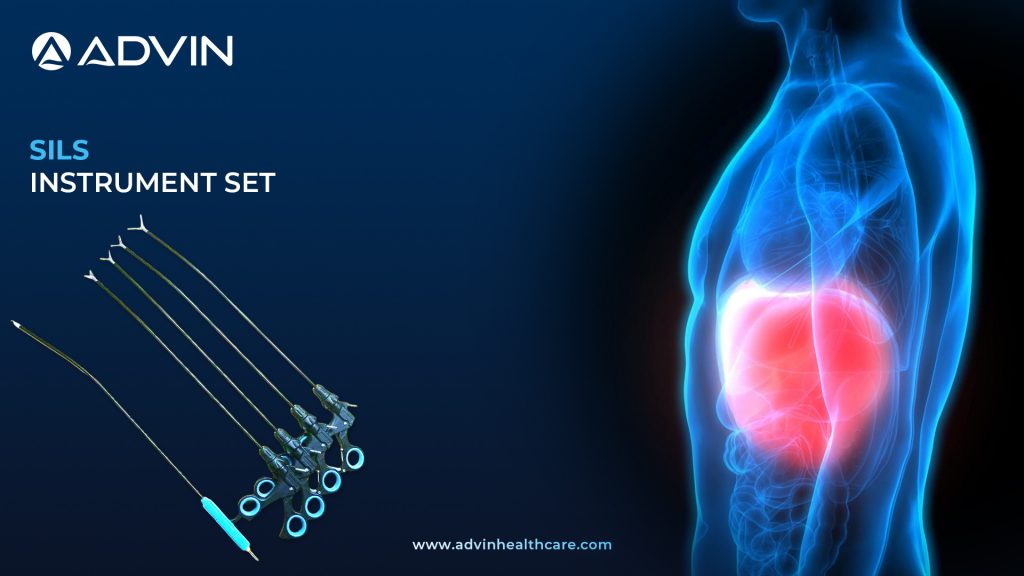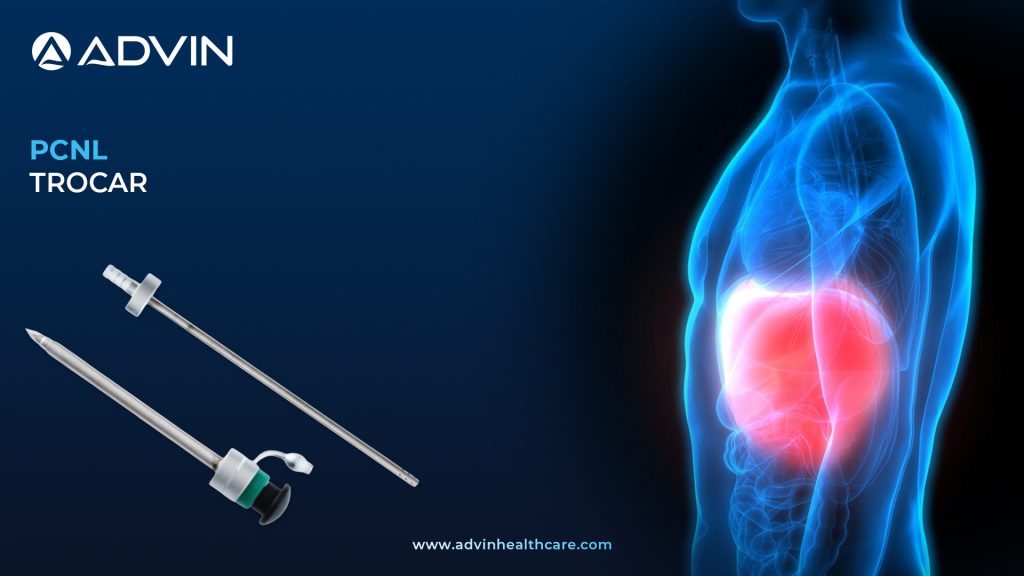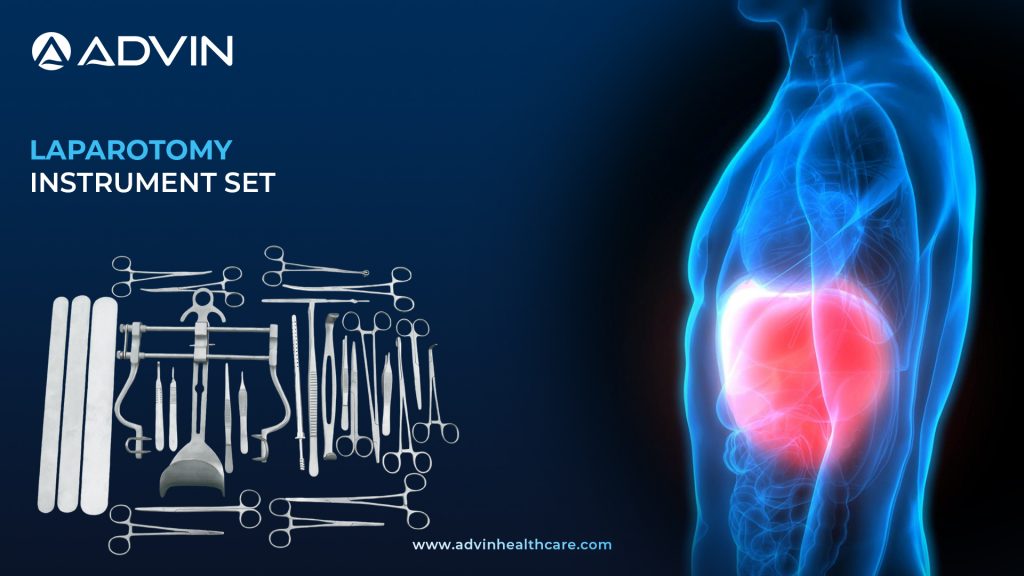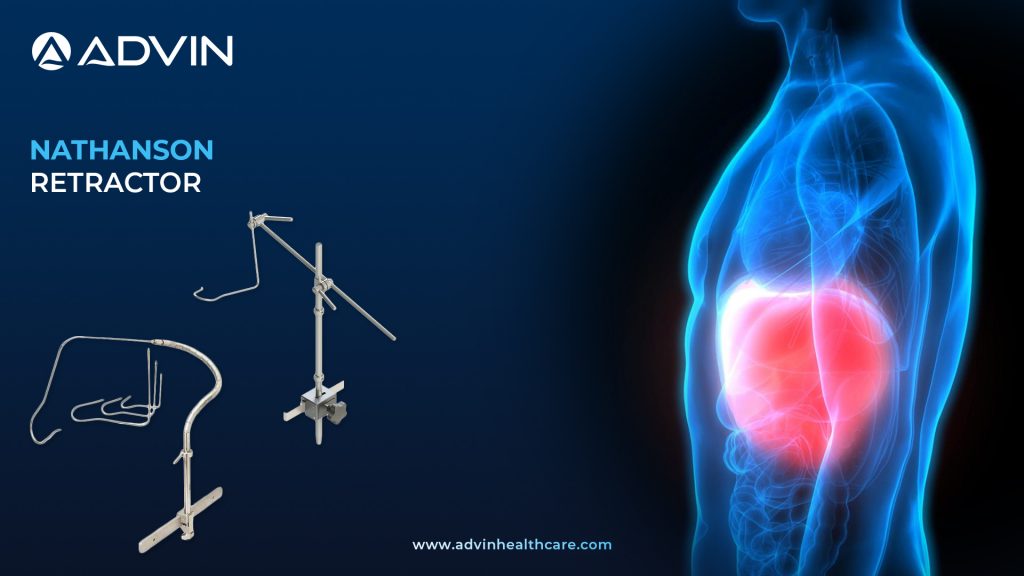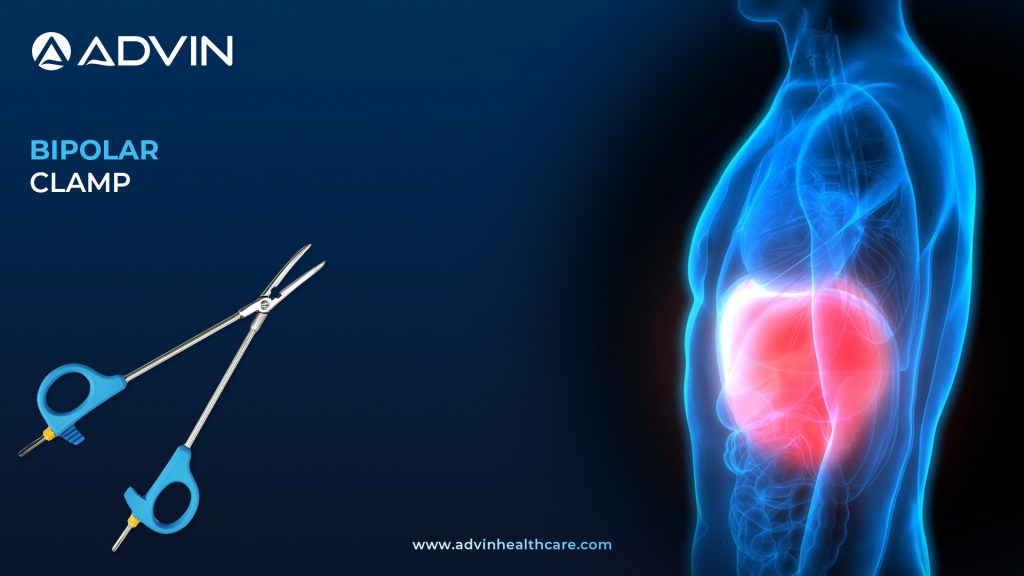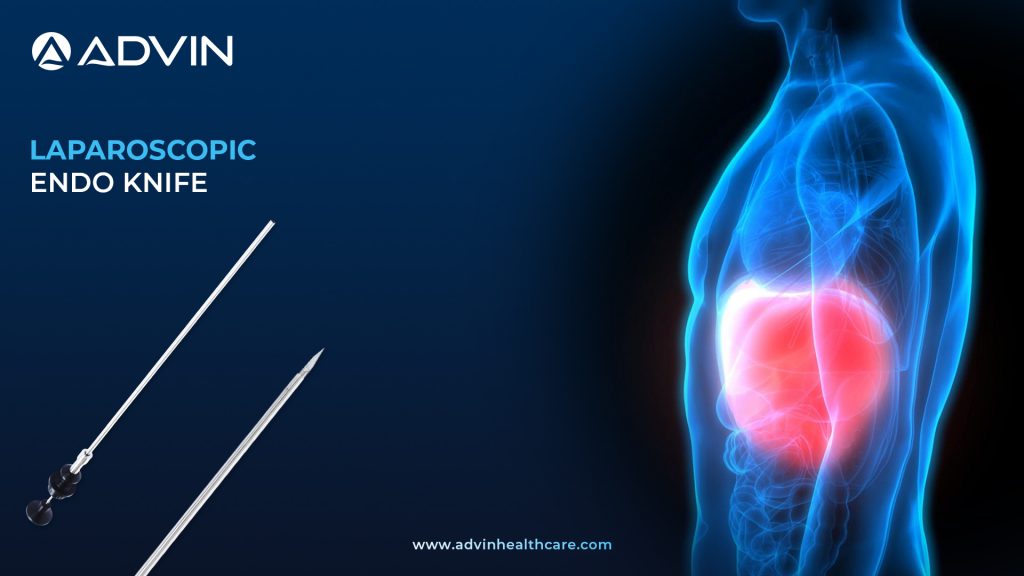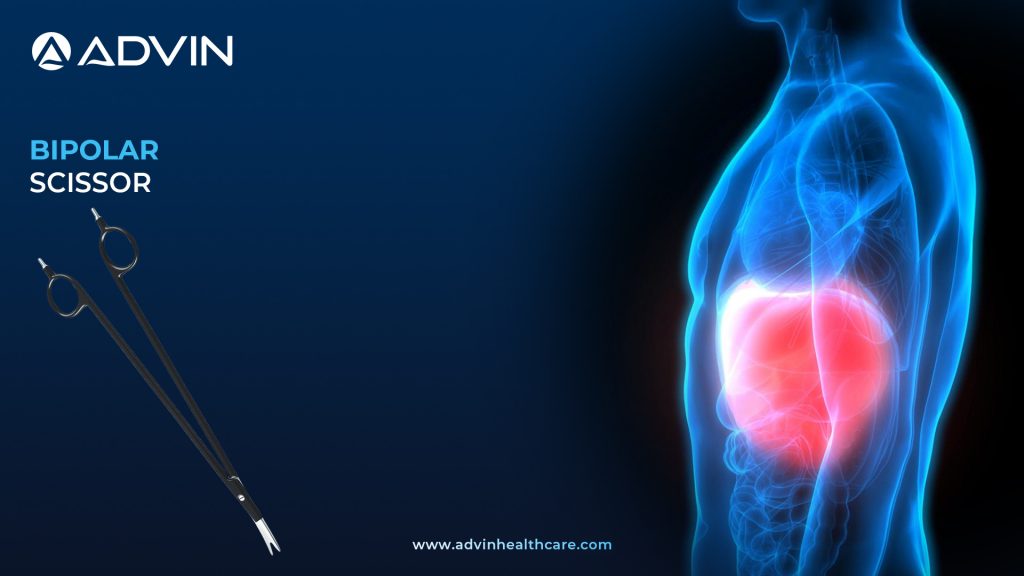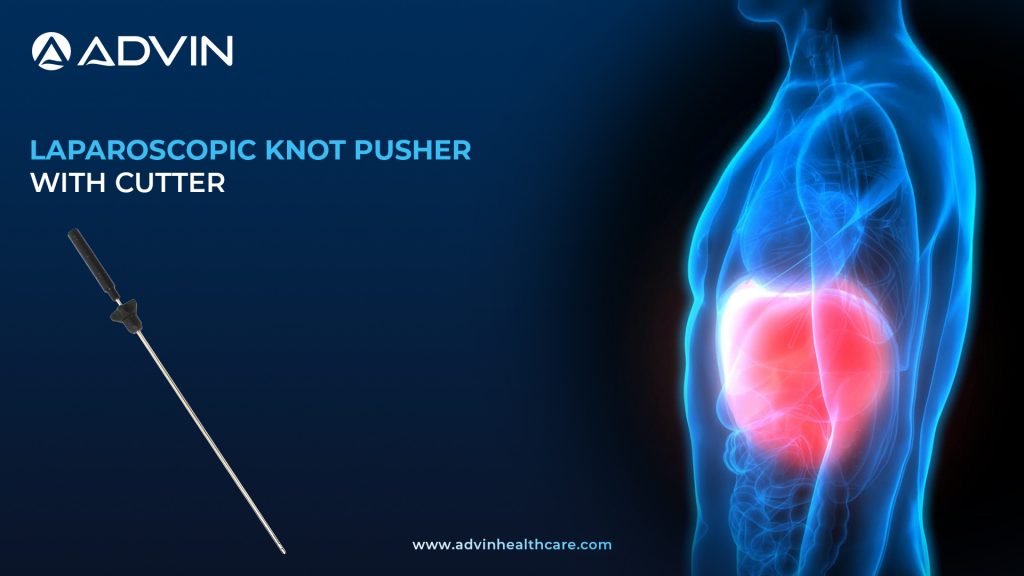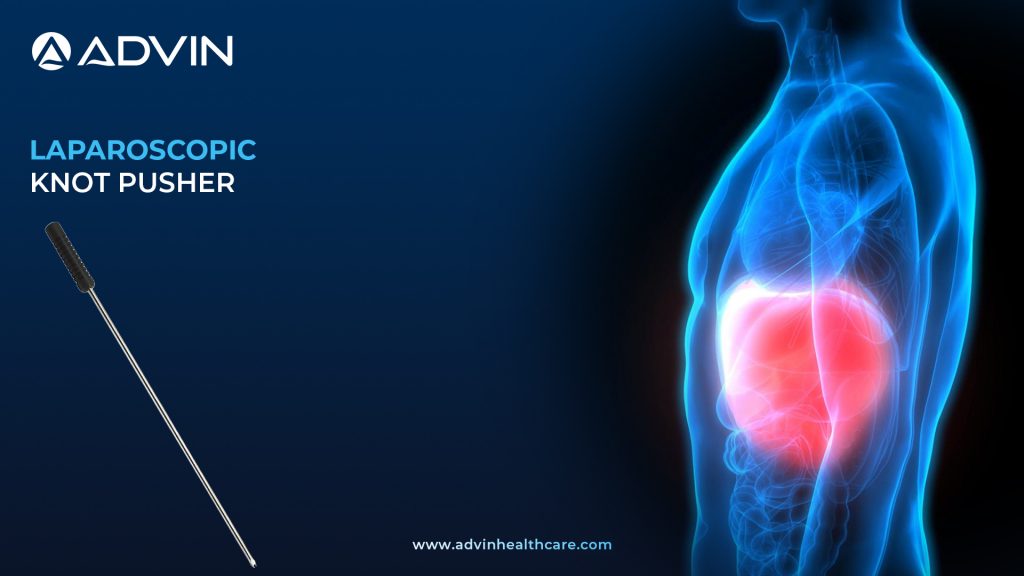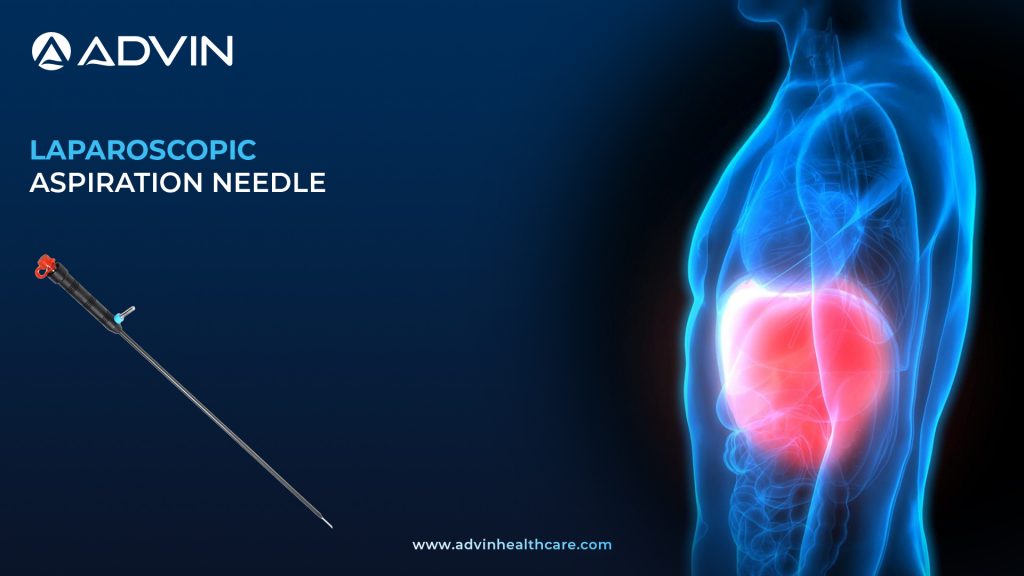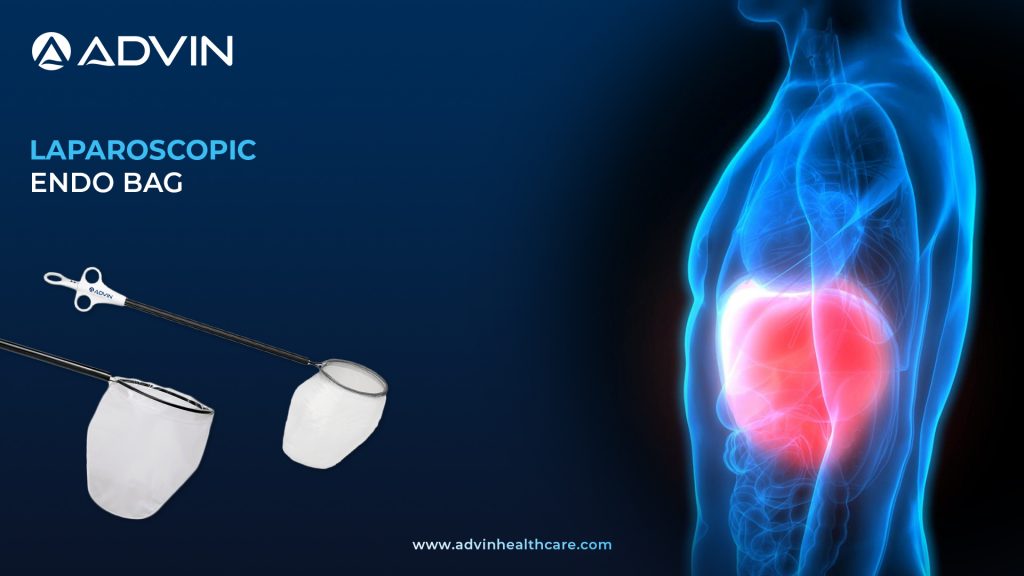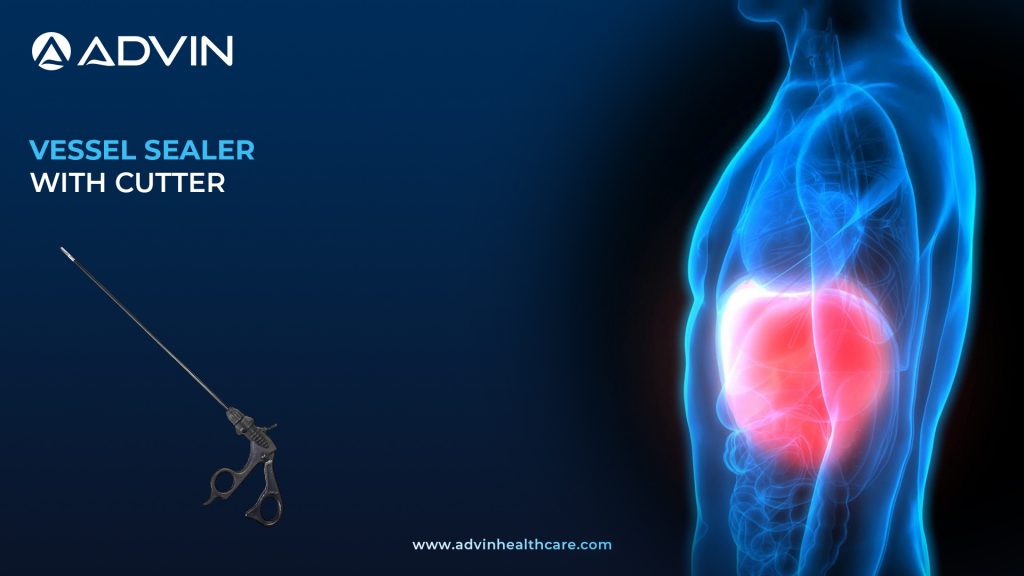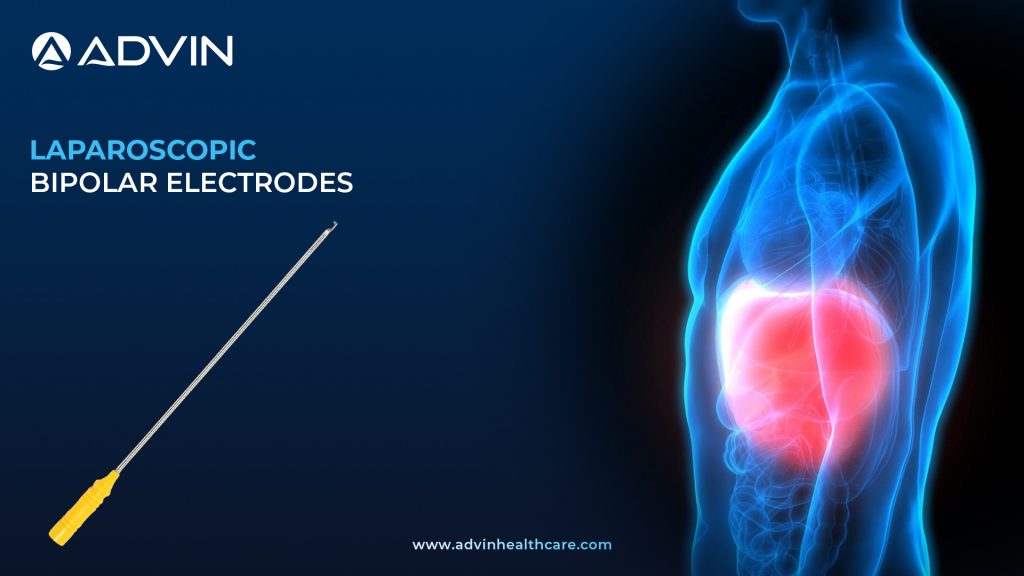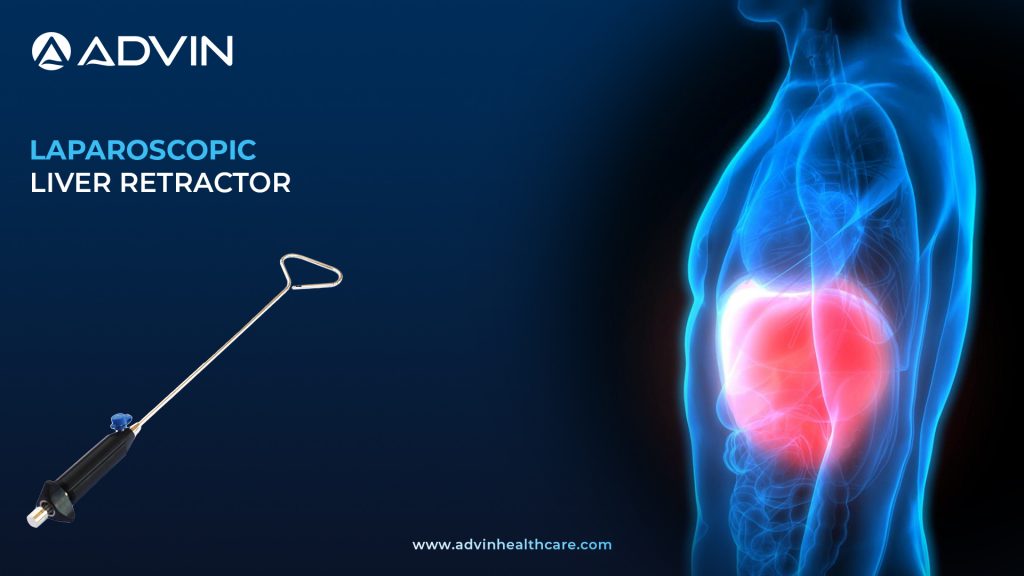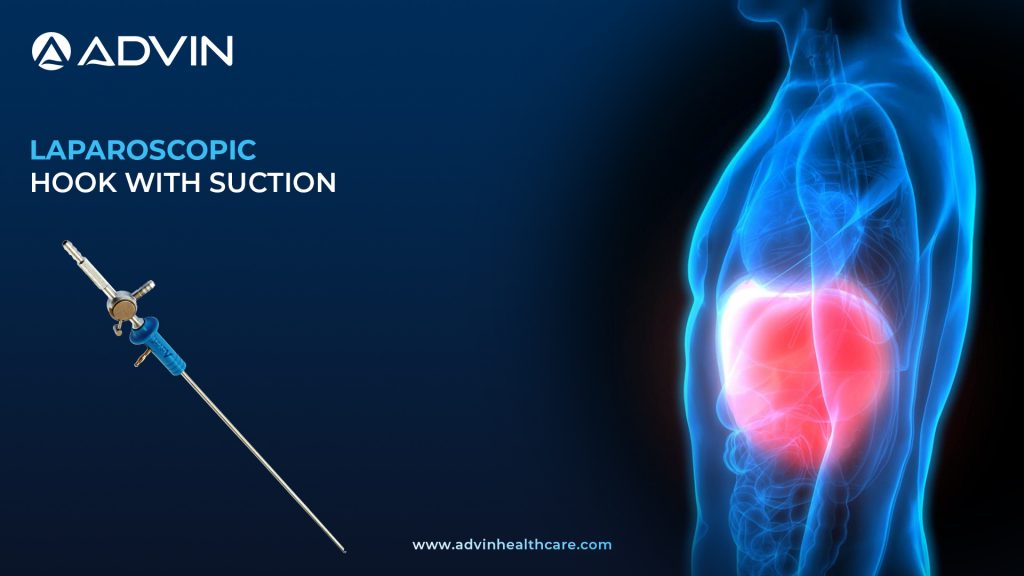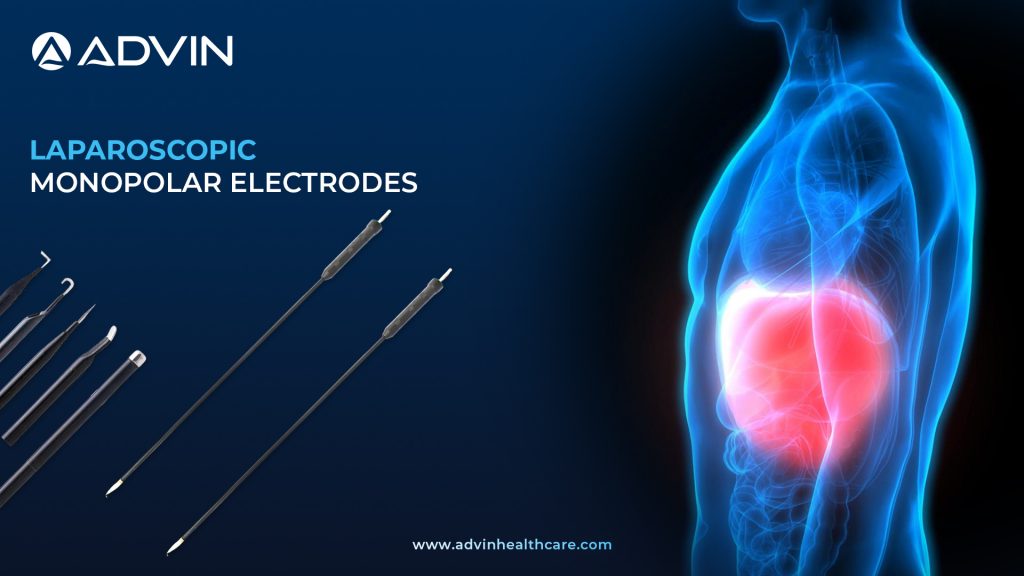Laparoscopic Myoma Screw – Essential Tool for Effective Myoma Extraction
 Advin Health Care
Advin Health Care
 December 1, 2025
December 1, 2025
Laparoscopic Myoma Screw for Secure Uterine Manipulation The Laparoscopic Myoma Screw is a specialized instrument used to securely hold and stabilize uterine fibroids during laparoscopic myomectomy. It helps surgeons apply traction to fibroids for easier dissection and removal. Advin Health Care provides a durable and ergonomically designed myoma screw that...
Read More
Hem O Lock Clip – Trusted Surgical Clip for Laparoscopic and Open Procedures
 Advin Health Care
Advin Health Care
 December 1, 2025
December 1, 2025
Hem-O-Lok Clip for Secure Vessel & Tissue Ligation The Hem-O-Lock Clip is a polymer ligating clip used for secure vessel or tissue ligation during laparoscopic and minimally invasive surgeries. It provides reliable closure without the need for suturing. Advin Health Care offers high-quality Hem-O-Lock Clips that are durable, safe, and...
Read More
SILS Instrument Set – High-Quality Instruments for Reduced Port Access Surgery
 Advin Health Care
Advin Health Care
 December 1, 2025
December 1, 2025
Introduction to the SILS Instrument Set - Specialized Tools for Single-Incision Laparoscopic Surgery The SILS Instrument Set is a specialized collection of instruments used for Single Incision Laparoscopic Surgery. It allows surgeons to perform minimally invasive procedures through a single small incision, usually at the umbilicus. This set provides better...
Read More
PCNL Trocar – Essential Access Tool for Safe and Precise Renal Puncture
 Advin Health Care
Advin Health Care
 December 1, 2025
December 1, 2025
Product Introduction - PCNL Trocar for Safe Renal Access in Percutaneous Procedures The PCNL Trocar is a specialized access device used during percutaneous nephrolithotomy to create a controlled entry into the kidney. It allows surgeons to establish a safe working tract for stone removal instruments during PCNL procedures. Advin Health...
Read More
Laparotomy Instrument Set – Complete Surgical Tools for Open Abdominal Procedures
 Advin Health Care
Advin Health Care
 December 1, 2025
December 1, 2025
Introduction to the Laparotomy Instrument Set - Essential Tools for Open Surgery The Laparotomy Instrument Set is a comprehensive collection of surgical tools used for open abdominal surgeries. It contains essential instruments such as scalpels, forceps, scissors, retractors, and needle holders. Advin Health Care provides high-quality laparotomy sets for safe,...
Read More
Nathanson Retractor – Reliable Liver Retraction for Laparoscopic Surgery
 Advin Health Care
Advin Health Care
 November 27, 2025
November 27, 2025
Introduction to the Nathanson Retractor - Key Tool in Laparoscopic Surgery The Nathanson Retractor is a specialized surgical retractor used to elevate and hold the liver during laparoscopic procedures. Its curved shape allows stable and gentle retraction without causing pressure damage. It provides surgeons with a clear and unobstructed view...
Read More
Bipolar Clamp – Laparoscopy – Advanced Design for Safe and Accurate Laparoscopic Surgery
 Advin Health Care
Advin Health Care
 November 27, 2025
November 27, 2025
Introduction to Bipolar Clamp - Advanced Tissue Grasping with Controlled Coagulation The Bipolar Clamp is a surgical instrument used to grasp tissue while delivering controlled bipolar energy for coagulation. It allows surgeons to hold, seal, and coagulate vessels during minimally invasive and open procedures. Its insulated design ensures safe energy...
Read More
Laparoscopic Endo Knife – Precision Cutting Instrument for Minimally Invasive Surgery
 Advin Health Care
Advin Health Care
 November 27, 2025
November 27, 2025
Introduction to Laparoscopic Endo Knife - Precision Cutting Tool for Minimally Invasive Surgery The Laparoscopic Endo Knife is a precision surgical instrument used for sharp tissue dissection, incision, and fine cutting during minimally invasive laparoscopic procedures. It allows surgeons to perform controlled cuts with superior accuracy while minimizing tissue trauma....
Read More
Bipolar Scissor – High-Quality Electrosurgical Instrument for Controlled Cutting
 Advin Health Care
Advin Health Care
 November 27, 2025
November 27, 2025
Introduction to Bipolar Scissor - Precision Cutting with Controlled Coagulation The Bipolar Scissor is a specialized laparoscopic instrument used for cutting tissue while simultaneously providing bipolar coagulation. It helps surgeons achieve precise dissection with effective bleeding control during minimally invasive procedures. This instrument improves surgical safety by combining cutting and...
Read More
Laparoscopic Knot Pusher with Cutter – Precision Tool for Secure Knot Placement and Cutting
 Advin Health Care
Advin Health Care
 November 25, 2025
November 25, 2025
Introduction to Laparoscopic Knot Pusher With Cutter - Dual-Function Suturing & Cutting Tool The Laparoscopic Knot Pusher With Cutter is a specialized surgical instrument used to tighten and secure knots during laparoscopic surgery while providing an integrated cutting mechanism. It allows surgeons to push knots inside the abdominal cavity and...
Read More
Laparoscopic Knot Pusher – Sterile and Durable Instrument for Laparoscopic Surgery
 Advin Health Care
Advin Health Care
 November 25, 2025
November 25, 2025
Introduction to Laparoscopic Knot Pusher - Precision Suturing in Minimally Invasive Surgery The Laparoscopic Knot Pusher is a precision instrument used to advance and secure sutures inside the abdominal cavity during minimally invasive surgery. It enables surgeons to tie knots in confined spaces without compromising control or safety. Advin Health...
Read More
Laparoscopic Port Closure – Advanced Instrument for Safe and Controlled Closure
 Advin Health Care
Advin Health Care
 November 24, 2025
November 24, 2025
Introduction to Port Closure - Safe and Efficient Closure of Laparoscopic Access Sites The Port Closure device is used to safely close laparoscopic port sites after minimally invasive surgery. It helps secure the abdominal wall and fascia, reducing the risk of hernia formation. Advin Health Care manufactures high-quality port closure...
Read More
Laparoscopic Aspiration Needle – Efficient Fluid Management for Laparoscopic Procedures
 Advin Health Care
Advin Health Care
 November 24, 2025
November 24, 2025
Introduction to Laparoscopic Aspiration Needle - Precision Fluid Management in MIS The Laparoscopic Aspiration Needle is a precision instrument used to aspirate fluids or cystic contents during minimally invasive surgery. It allows controlled drainage without contaminating surrounding tissues. Advin Health Care manufactures high-quality aspiration needles for safe, accurate, and efficient...
Read More
Laparoscopic Endo Bag – Safe and Sterile Extraction Solution for Laparoscopic Procedures
 Advin Health Care
Advin Health Care
 November 22, 2025
November 22, 2025
Introduction to Laparoscopy Endo Bags - Safe Specimen Retrieval in Minimally Invasive Surgery Laparoscopy Endo Bags, also known as laparoscopic specimen retrieval bags, are essential devices used to safely remove surgical specimens during minimally invasive procedures. They prevent contamination, avoid spillage, and help extract tissue through small trocar incisions. Advin...
Read More
Gall Bladder Extractor – Secure and Controlled Removal for Laparoscopic Gallbladder Surgery
 Advin Health Care
Advin Health Care
 November 22, 2025
November 22, 2025
Introduction to Laparoscopic Gallbladder Extractor - Safe and Efficient Specimen Removal in MIS A Laparoscopic Gallbladder Extractor is a specialized instrument used to safely remove the gallbladder or tissue specimens during minimally invasive surgery. It helps surgeons extract the organ through a small port without causing contamination or tissue damage....
Read More
Vessel Sealer with Cutter – Precision Instrument for Safe Vessel Sealing & Cutting
 Advin Health Care
Advin Health Care
 November 21, 2025
November 21, 2025
Introduction to Vessel Sealer with Cutter - Advanced Energy Device for Safe Vessel Ligation and Tissue Division The Vessel Sealer With Cutter is a specialized electrosurgical instrument used to seal and cut blood vessels and tissue bundles during minimally invasive surgery. It delivers precise energy to achieve hemostasis while simultaneously...
Read More
Laparoscopic Bipolar Electrode – Safe, Precise Coagulation Instrument for Minimally Invasive Surgery
 Advin Health Care
Advin Health Care
 November 21, 2025
November 21, 2025
Introduction to Bipolar Electrodes - Precision Energy Instruments for Controlled Coagulation Bipolar Electrodes are electrosurgical instruments used to coagulate tissue with controlled bipolar energy. They deliver energy between two closely placed tips, reducing thermal spread and improving surgical safety. Advin Health Care provides high-quality bipolar electrodes designed for precision and...
Read More
Laparoscopic Liver Retractor – Adjustable Surgical Retractor for Safe Organ Elevation in MIS Procedures
 Advin Health Care
Advin Health Care
 November 20, 2025
November 20, 2025
Introduction to Laparoscopic Liver Retractor - Essential Tool for Upper Abdominal MIS Procedures The Laparoscopic Liver Retractor is a specialized instrument used to lift and hold the liver safely during minimally invasive abdominal surgeries. It provides stable retraction without causing tissue injury. Advin Health Care manufactures durable and ergonomic liver...
Read More
Laparoscopic Hook with Suction – High-Precision Electrode with Continuous Suction Function
 Advin Health Care
Advin Health Care
 November 20, 2025
November 20, 2025
Introduction to Laparoscopic Hook with Suction - Dual-Function Instrument for Tissue Dissection and Fluid Management The Laparoscopic Hook With Suction is a multifunctional surgical instrument used for tissue dissection and simultaneous fluid or smoke removal during laparoscopic procedures. It combines precise electrosurgical cutting with efficient suction in a single instrument....
Read More
Laparoscopic Monopolar Electrodes – Reliable Electrosurgical Performance in Laparoscopy
 Advin Health Care
Advin Health Care
 November 19, 2025
November 19, 2025
Introduction to Monopolar Electrodes - Essential Energy Delivery Tools for Electrosurgery Monopolar Electrodes are electrosurgical instruments used to cut, coagulate, or dissect tissue during laparoscopic and open surgeries. They deliver monopolar electric energy through a single active tip. Advin Health Care provides high-quality monopolar electrodes designed for smooth performance and...
Read More

